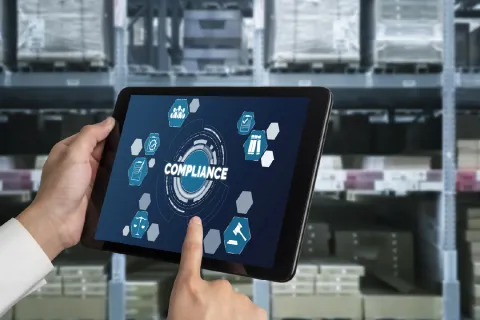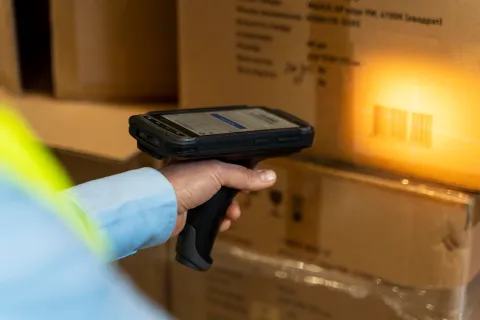
In the ever-evolving Regulatory compliance landscape, pharmaceutical companies face increasing challenges in ensuring that their product labels meet global standards. Global Label Management Technology (GLMT) is a powerful ally for this purpose. In this blog post, we will explore how pharmaceutical companies can leverage GLMT to streamline labeling processes and achieve compliance.
Achieve Global Compliance? Contact Us
Request a GLMT Consultation
What is GLMT?
GLMT is a comprehensive Regulatory labeling software designed to create, manage, and distribute product labels across diverse markets and Regulatory frameworks. It empowers pharmaceutical companies to navigate the complexities of global compliance efficiently. Listed below are a few benefits of this labeling solution:
- Standardization Across Markets: GLMT creates standardized label templates that can be adapted to meet the unique requirements of different regions. This ensures consistency in labeling across global markets.
- Regulatory Adherence: Keeping pace with changing regulations is a monumental task. GLMT is equipped with Regulatory intelligence features that help companies stay up-to-date with evolving compliance requirements, reducing the risk of non-compliance.
- Efficiency and Accuracy: Automation within GLMT streamlines label creation and review processes, reducing manual errors and enhancing overall accuracy. This leads to improved compliance and patient safety.
- Version Control: The technology enables meticulous version control and audit trails, ensuring label changes are tracked and documented. This is invaluable for Regulatory submissions and inspections.
- Multilingual Support: With its multilingual capabilities, GLMT simplifies the translation and localization of labels for diverse markets, confirming that patients receive information in their preferred language.
- Streamlined Approvals: The solution includes workflow features that streamline the approval process for label changes, reducing bottlenecks and hastening timely updates.
- Risk Mitigation: By reducing manual processes and automating compliance checks, the software minimizes the risk of costly labeling errors, product recalls, and Regulatory fines.
Here are some steps to leverage this labeling software effectively
- Understand Labeling Regulations: Begin by familiarizing yourself with the labeling regulations in the countries in which you operate or plan to expand. Each country may have specific requirements regarding product labeling, including language, content, format, and placement. This knowledge will help identify the compliance gaps and address them.
- Choose a Robust GLMT: Look for a labeling management system designed to handle global compliance requirements. The system should have features such as multilingual support, country-specific templates, and the ability to manage label variations for different markets.
- Centralize Label Data and Content: Consolidate all label data and content in a centralized repository within the label management system. This ensures all stakeholders have access to the latest versions of labels and related information. It also facilitates efficient collaboration and reduces the risk of errors or inconsistencies.
- Automate Label Creation and Updates: Leverage the software’s automation capabilities to streamline label creation and updates. The system should allow you to generate labels based on predefined templates and populate them with accurate and up-to-date product information. It reduces manual effort, minimizes the risk of human error, and ensures compliance with labeling regulations.
- Implement Workflow and Approval Processes: Establish workflows and approval processes within the label management system. This ensures that labels go through the necessary review and approval stages before being finalized and printed. Workflow automation helps maintain compliance by enforcing proper checks and balances throughout the label-creation process.
- Monitor Regulatory Changes: Stay updated on changes in labeling regulations across different countries. Regularly review and update your label management system to incorporate any new requirements. This proactive approach helps you stay compliant and avoid penalties or product recalls.
- Conduct Periodic Audits: Perform periodic audits of your system to ensure its effectiveness and compliance. This includes verifying that labels are accurate, up-to-date, and aligned with Regulatory requirements. Audits also help identify areas for improvement and address any non-compliance issues promptly.
By following these steps and leveraging GLMT, you can enhance your compliance journey with labeling regulations, reduce risks, and streamline your labeling processes across different markets. Consult Freyr, a leader in GLMT development & implementation, and stay compliant.









